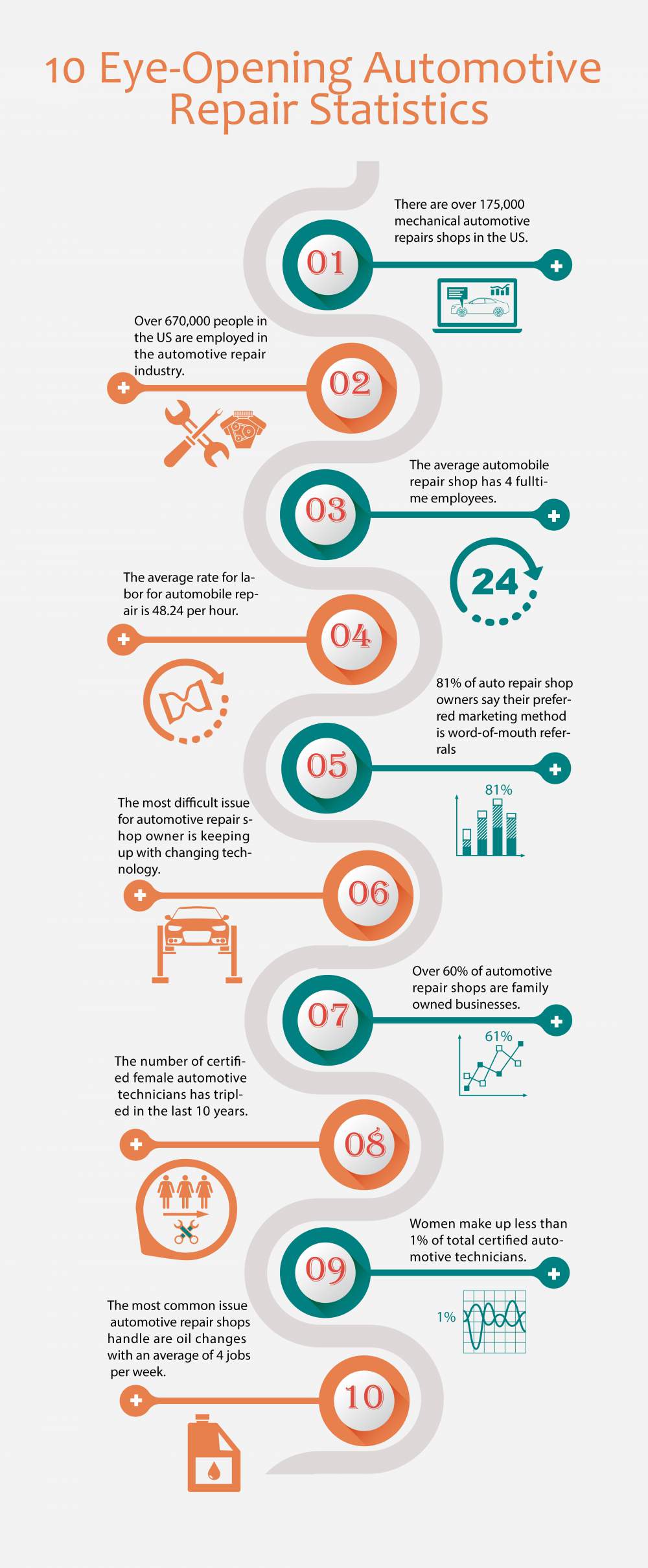Grasping The Relevance Of Your Vehicle'S Warning Signals: What They Really Represent
Grasping The Relevance Of Your Vehicle'S Warning Signals: What They Really Represent
Blog Article
Author-Samuelsen Corbett
When you're behind the wheel, those beautiful warning lights on your control panel can be a little bit difficult. Do you know what they're trying to inform you about your car's health? Understanding the value of these lights is essential for your safety and security and the long life of your vehicle. So, the following time among those lights pops up, would not you wish to decipher its message properly and take the needed steps to resolve it?
Common Caution Lights and Interpretations
Identify typical caution lights in your vehicle and recognize their meanings to ensure safe driving.
The most normal caution lights consist of the check engine light, which indicates issues with the engine or exhausts system. If this light begins, it's essential to have your car examined promptly.
The oil pressure warning light suggests low oil pressure, requiring immediate interest to prevent engine damage.
A blinking battery light could suggest a defective billing system, possibly leaving you stranded if not resolved.
The tire pressure monitoring system (TPMS) light alerts you to reduced tire stress, impacting car stability and fuel efficiency. Neglecting aj detailing can result in dangerous driving conditions.
The abdominal muscle light shows a trouble with the anti-lock stopping system, jeopardizing your ability to quit quickly in emergency situations.
Lastly, the coolant temperature advising light warns of engine overheating, which can cause severe damages if not dealt with promptly.
Comprehending these common warning lights will certainly assist you resolve issues immediately and preserve risk-free driving conditions.
Value of Prompt Focus
Understanding the usual caution lights in your auto is just the first step; the importance of promptly resolving these cautions can't be emphasized sufficient to ensure your security when driving.
When a warning light brightens on your control panel, it's your vehicle's means of communicating a potential problem that requires attention. Ignoring these warnings can bring about much more severe troubles down the road, jeopardizing your safety and security and possibly costing you extra in repairs.
Motivate interest to advising lights can prevent breakdowns and crashes. As an example, a flashing check engine light might suggest a misfire that, if left ignored, could create damages to the catalytic converter. Addressing this promptly can conserve you from a pricey repair.
In a similar way, a brake system alerting light might signify low brake liquid or worn brake pads, vital parts for your security when driving.
DIY Troubleshooting Tips
If you discover a warning light on your dashboard, there are a couple of do it yourself repairing pointers you can try before looking for specialist help.
The first step is to consult your auto's manual to understand what the details caution light indicates. In some cases the concern can be as basic as a loose gas cap setting off the check engine light. Tightening the gas cap may resolve the trouble.
An additional typical issue is a reduced battery, which can set off different alerting lights. Examining the battery connections for corrosion and guaranteeing they're safe could take care of the trouble.
If a caution light lingers, you can try resetting it by disconnecting the vehicle's battery for a couple of mins and after that reconnecting it. Furthermore, inspecting your automobile's fluid degrees, such as oil, coolant, and brake fluid, can help fix warning lights related to these systems.
Final thought
To conclude, recognizing your car's caution lights is crucial for keeping your vehicle running efficiently and securely. By without boat washing dealing with these alerts and understanding what they mean, you can stay clear of pricey repair services and potential failures.
Bear in mind to consult your vehicle's guidebook for particular details on each alerting light and act as necessary to ensure a hassle-free driving experience.
Stay notified, stay secure when traveling!
